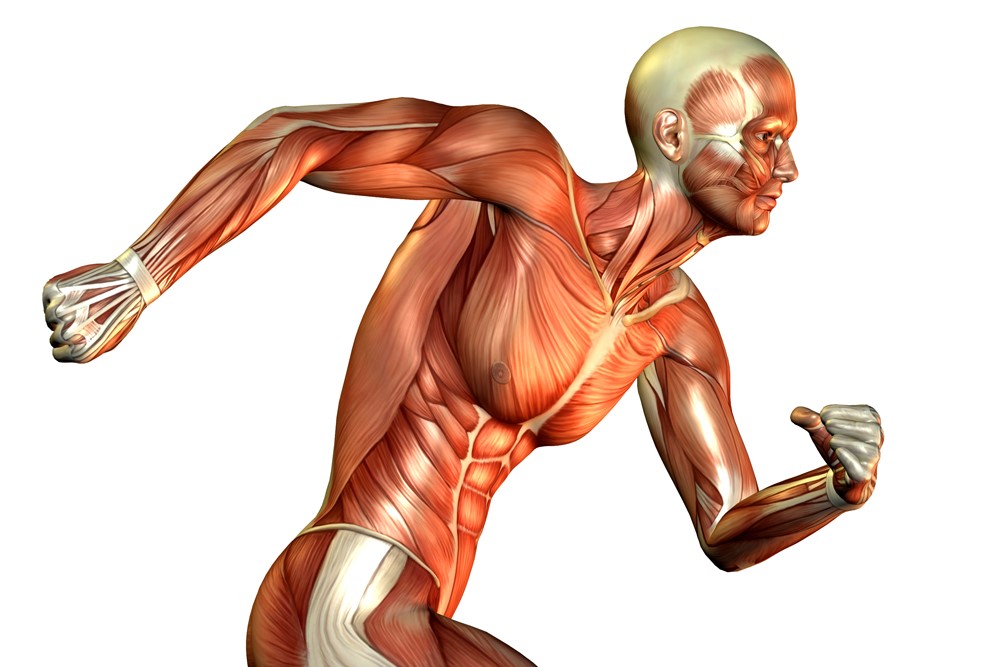EXERCISE AND PHYSICAL ACTIVITY
This Blog is all about exercise and physical activity – what it is, what it does to you, how is it measured and most of all what benefits it brings you. This is not a Blog about particular types of exercise. You will not learn about different exercise regimes, what sport you should take up, whether you should do crunches or press ups, how to develop a six pack. There plenty of magazines, newspaper articles, social media posts and books which answer these questions. What I am offering is information about the science of exercise and how much it contributes to bringing wellbeing, good health and a long and active life.
What are physical activity and exercise?
The benefits of regular physical activity on health, longevity and well-being “easily surpass the effectiveness of any drugs or other medical treatment”. Chief Medical Officer 2009.
Physical activity (PA) refers to all movement including during leisure time, for transport to get to and from places, or as part of a person’s work. Exercise is one form of PA but I tend to use the two interchangeably – though “exercise” seems to me to be at the higher end of intensity in the spectrum of “PA”. The purists would think otherwise, but the end results of either are the same – wellbeing, good health and a long and active life.
There is huge army of definitions of PA and exercise. Among a number from the Oxford English Dictionary, these seem to me to be the least worst:
- “Bodily movement produced by the contraction of skeletal muscle that substantially increases energy expenditure”
- “Activity requiring physical effort, carried out to sustain or improve health and fitness”.
I am not entirely happy with either – I doubt that the intention to sustain or improve health is a necessary element – it’s just a side effect. The World Health Organisation defines physical activity as:
“Any bodily movement produced by skeletal muscles that requires energy expenditure.”
That is fine for PA but I think that this understates the level of exertion required to qualify as exercise.
So, failing a convincing definition, maybe a list of synonyms gives a better flavour of the true meaning of exercise:
physical activity, movement, exertion, effort, work, workout, training, drilling, gymnastics, sports, games, PE (physical education), PT (physical training), aerobics, step aerobics, jogging, running, coircuit training, aquarobics, calisthenics, isometrics, eurhythmics, keep-fit, dancersise, body building, physical jerks, daily dozen etc.
And it is more that all of these – none of which, apart perhaps for “games”, really covers the fun element which is such an important a part of exercise.
How about this? “Exercise is purposeful activity which uses the voluntary muscles”. Still not good enough – is reaching out for a donut really exercise? Perhaps we can define exercise later but I am sure that you, dear Reader, know what I mean.
And muscles?
And what are “voluntary” muscles anyway? Well your muscles are divided into three distinct varieties:
- Voluntary muscles are also called striated muscles because of their stripy appearance under the microscope. Their movements are under our control – like say the biceps. Think that you want to bend your arm, put it into action and hey presto you contract your biceps and your arm bends.
- Involuntary muscles are called smooth muscles. They perform the vital activities of the body and over which we have no control. They just get on with it. Like the muscles of the gut which labour away moving food down the gastrointestinal tract. Or the ocular muscles which control the pupil – they respond to light but not to any conscious thought process.
- Cardiac muscle. The heart is a very specialised form of involuntary muscle which we will meet in some detail later.
Animals need to move to survive and higher life forms, so-called vertebrates, have evolved muscles and bones for this purpose. Each animal’s musculo-skeletal system has developed to suit its own survival needs – the cheetah has a system designed for speed to enable it to catch its prey and likewise the antelope has a system designed for speed to escape being eaten by the cheetah. For other species strength may be more important than speed. Think of the tiger which can tear its prey limb from limb. For every animal there is an optimal mixture of speed and strength to enable it to survive and procreate efficiently.
Evolution has given humans a musculo-skeletal system of great versatility. We are not immensely strong nor immensely fast – but we do have the greatest intelligence in the animal kingdom and we use our brain power to make the most efficient use of this versatility. Man has evolved to be a highly efficient hunter-gatherer – to hunt animals and to gather edible plants for our sustenance. For most of human history that has been the main function of our muscles. Primitive man took a lot of exercise because that is what he had to do to survive.
Subscribe to the blog
Categories
- Accelerometer
- Alzheimer's disease
- Blood pressure
- BMI
- Cancer
- Complications
- Coronary disease
- Cycling
- Dementia
- Diabetes
- Events
- Evidence
- Exercise promotion
- Frailty
- Healthspan
- Hearty News
- Hypertension
- Ill effects
- Infections
- Lifespan
- Lipids
- Lung disease
- Mental health
- Mental health
- Muscles
- Obesity
- Osteoporosis
- Oxygen uptake
- Parkinson's Disease
- Physical activity
- Physical fitness
- Pregnancy
- Running
- Sedentary behaviour
- Strength training
- Stroke
- Uncategorized
- Walking


